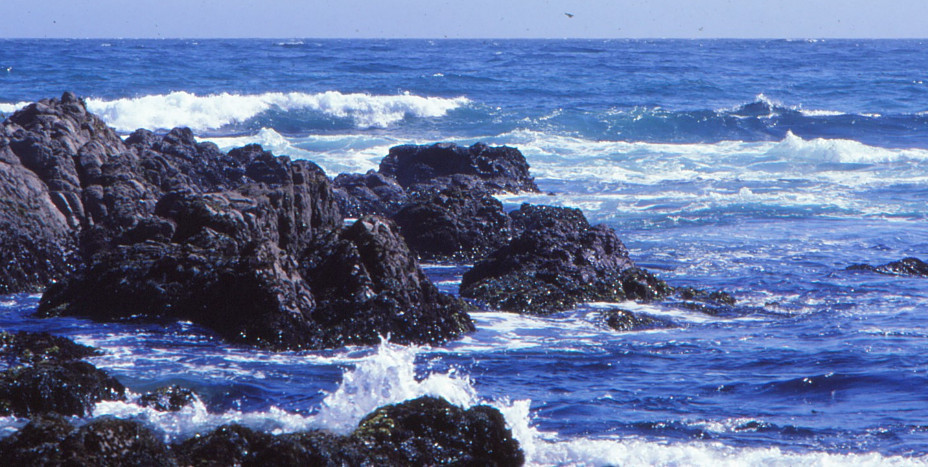Baby kangaroos can help in combatting climate changePerjantai 19.5.2023 klo 19.30 - Mikko Nikinmaa In addition to taking up immense land area as pasture, cattle causes the release of greenhouse gases directly. When they digest grass, they produce and burb methane, which is a strong greenhouse gas. This is because the bacteria in their fermenting stomach have methane as their end product. Now, wouldn’t it be nice, if the methane release of cattle could be decreased? A recent study by Karekar and Ahring in Biocatalysis and Agricultural Biotechnology (Vol 47: 102526) “Reducing methane production from rumen cultures by bioaugmentation with homoacetogenic bacteria” has suggested that replacing methane-producing bacteria with acetate-producing bacteria in kangaroo babies’ faeces could completely prevent methane production, if the methane-producing bacteria were first eradicated. This finding is currently only done on rumen cultures, but if the change of bacterial consortiums can be done on commercial scale on cattle, some of the climate problems with cattle ranching would disappear. The fact that kangaroos can live with rumen containing acetogenic bacteria indicates that they are compatible with mammalian herbivores. However, the efficiency of acetogenic bacteria may be lower than that of methanogenic ones. |
|
Kommentoi kirjoitusta. Avainsanat: greenhouse gases, methane, cattle |
LNG - an environmentally friendly ship fuel?Perjantai 5.11.2021 klo 15.08 - Mikko Nikinmaa Ships started using Liquefied Natural Gas (LNG) as a fuel, because there was a grave need to decrease the sulphur and nitrogen oxide pollution caused by ship transport. Also, particle emissions are significantly smaller than for diesel-fuelled ships. Thus, the introduction of motors using LNG was considered to be a significant environmental win. However, recent findings cast a doubt on this. In Environmental Science & Technology, Grönholm et al. (Environ. Sci. Technol. 2021, 55, 13677−13686) have measured the emissions from LNG-fuelled ships in the Baltic. Although also the carbon dioxide emissions decrease about 20 %, there is a marked methane emission. Since methane is about 30 times worse greenhouse gas than carbon dioxide, a ship using LNG instead of diesel oil may have at least 30-fold climate effect. This is because of the LNG motors are commonly similar to the two-stroke motors in common use in e.g. leaf blowers. These motors emit a lot of unburned fuel in the environment. There are also LNG motors without this problem, the high pressure dual fuel engines. However, they have not become common for the simple reason that their nitrogen oxide emissions are higher than those of low pressure dual fuel engines and International Maritime Organization has setlimits to nitrogen oxide emissions. In contrast, there is no limit for methane emissions. The nitrogen oxides could be removed from the exhaust fumes by catalytic converters, but that would increase the cost of the motor, and as long as the methane emission is unregulated it is unlikely that the LNG-fuelled motors would change. The simple solution would be to set emission limits for methane in boats. Since ship traffic accounts for approximately 3 % of world’s greenhouse gas emissions, without limits to methane emissions, conversion of ships to LNG-fuelled ones could increase this proportion far above 10 %. In order to combat climate change such a simple solution should be implemented until more environmentally friendly fuels become mainstream. |
|
Kommentoi kirjoitusta. Avainsanat: climate change, methane emission, greenhouse gases |
Climate change - why seas matterKeskiviikko 25.7.2018 klo 16.37 - Mikko Nikinmaa Compared to the terrestrial environment the seas contain fifty times more carbon dioxide. Further, about half of all photosynthetic carbon dioxide removal is done by oceanic organisms, mainly phytoplankton, which partly remove carbon from circulation, when they sink to seabottom after dying. An increasing temperature decreases the solubility of carbon dioxide and ocean acidification means that the equilibrium between carbon dioxide, bicarbonate and carbonate is driven towar The net result of the above is that liberation of the greenhouse gas, carbon dioxide, from the seas to the atmosphere increases simultaneously as its photosynthetic fixation decreases. Furthermore, the marine environment enters vicious circle: the higher the temperature and lower pH, the more carbon dioxide enters the atmosphere and causes further temperature increase. The well-being of the seas thus matters - also in mitigating climate change. |
|
Kommentoi kirjoitusta. Avainsanat: carbon dioxide, greenhouse gases, carbon footprint, ocean acidification |

 ds carbon dioxide. Further, the pollution of the seas has resulted in reduced photosynthesis despite eutrophication in some areas.
ds carbon dioxide. Further, the pollution of the seas has resulted in reduced photosynthesis despite eutrophication in some areas.